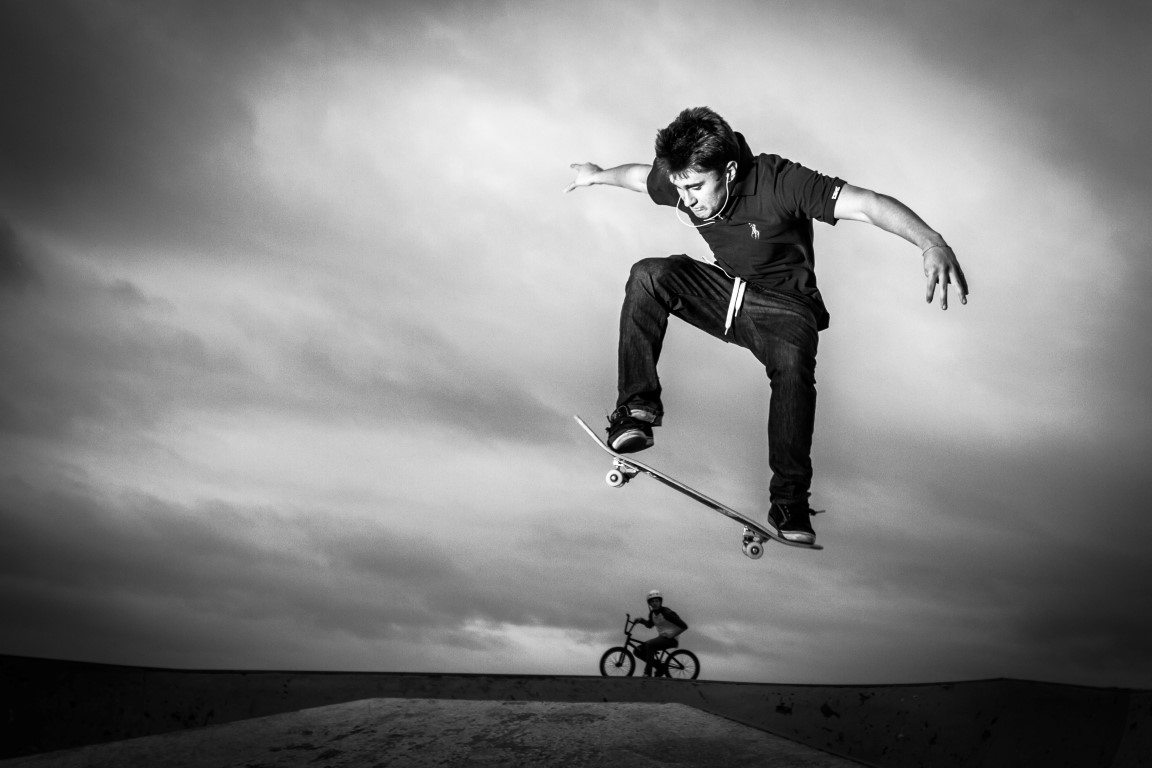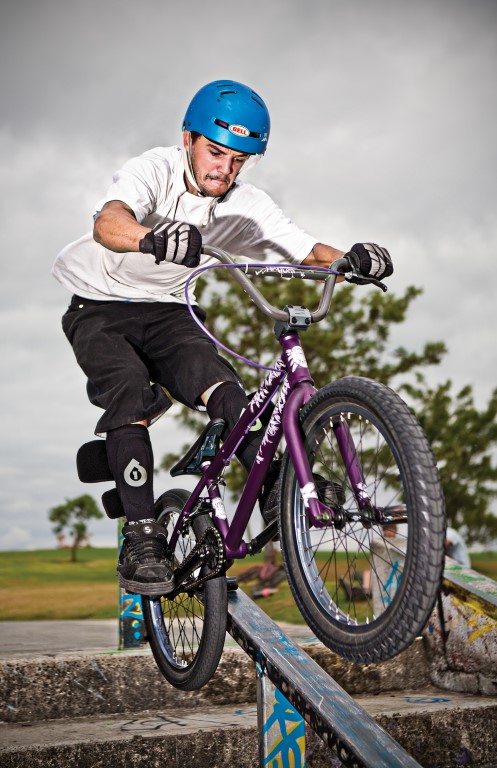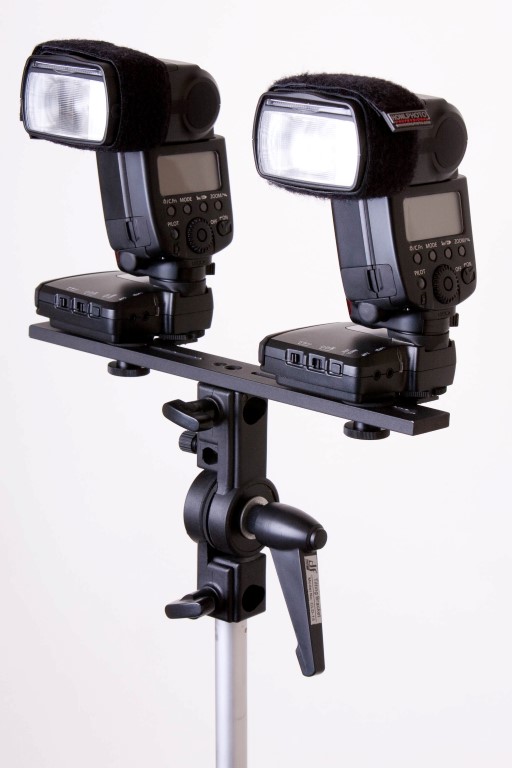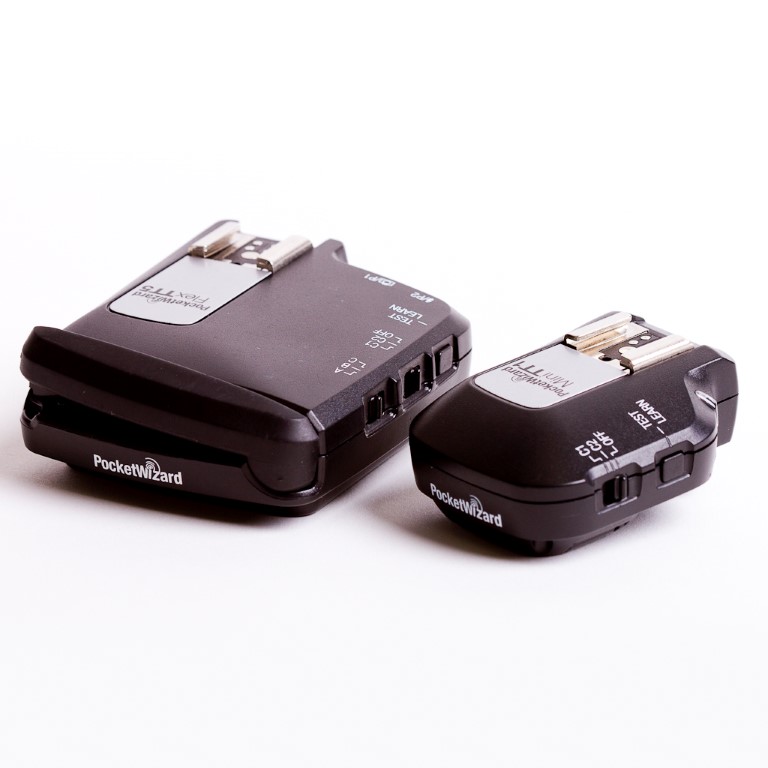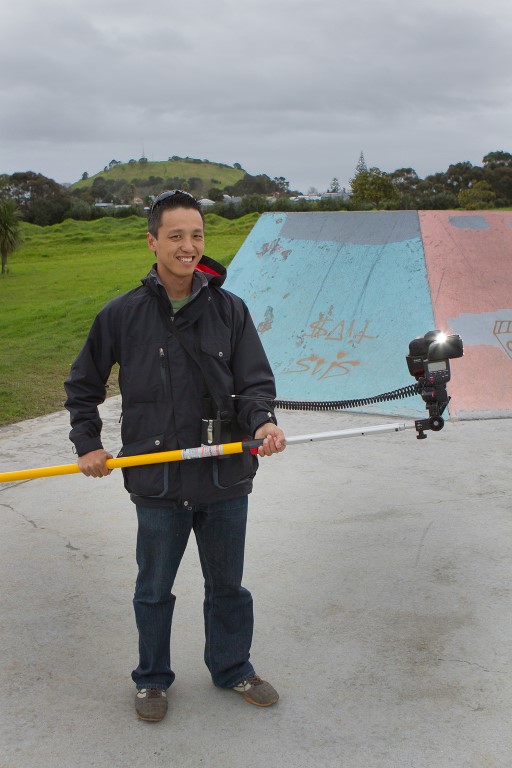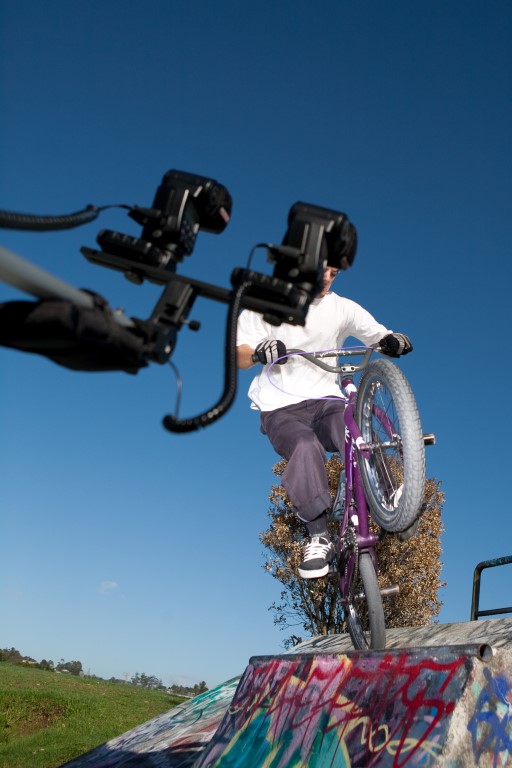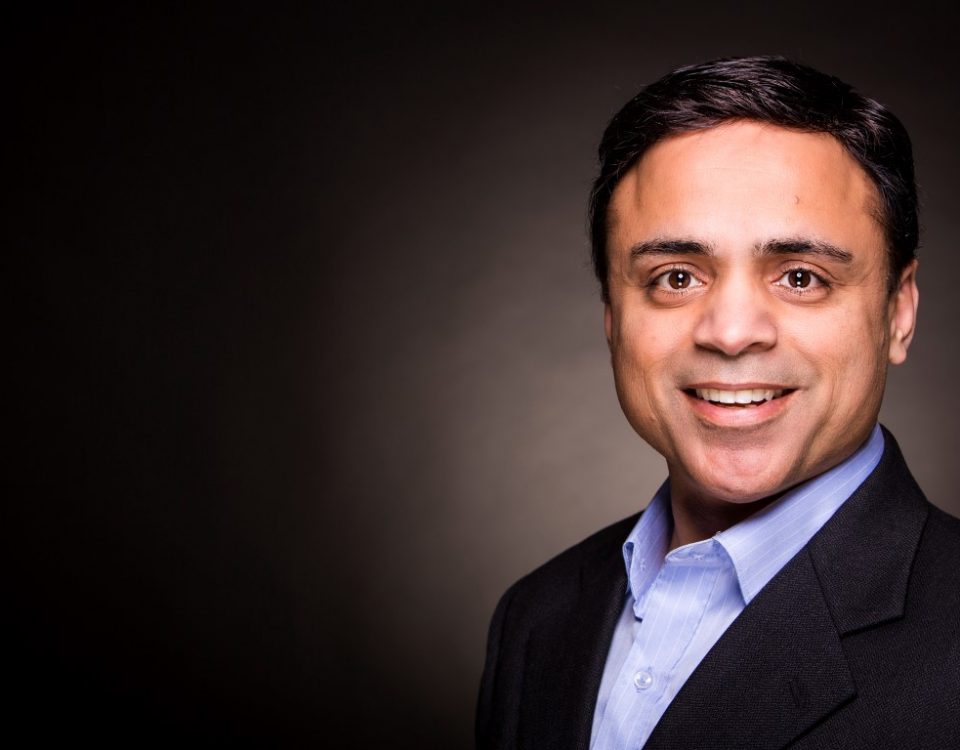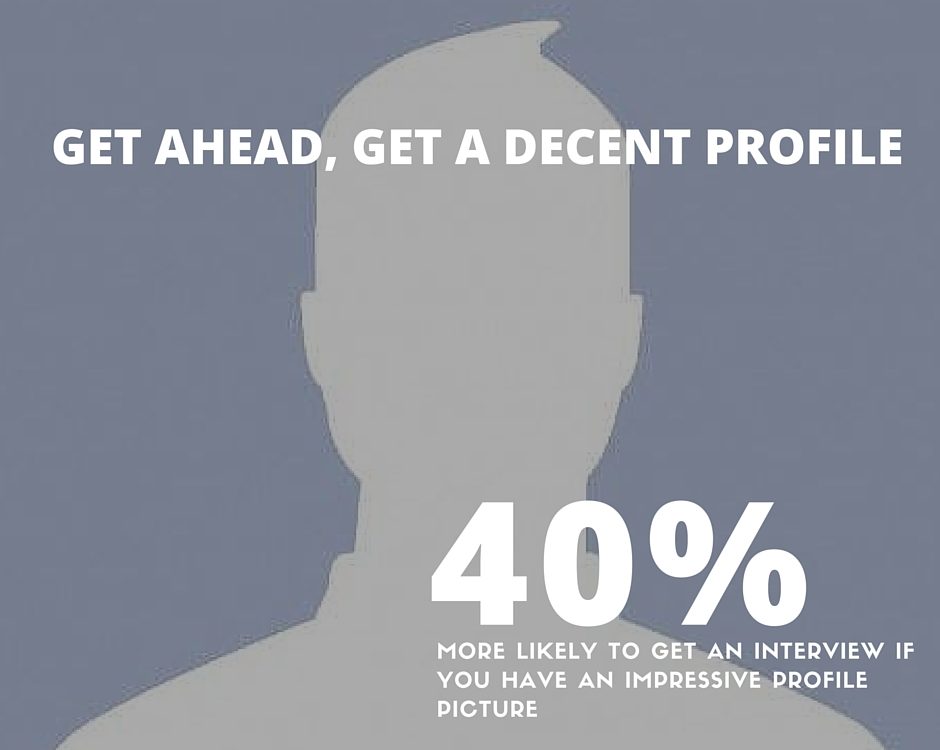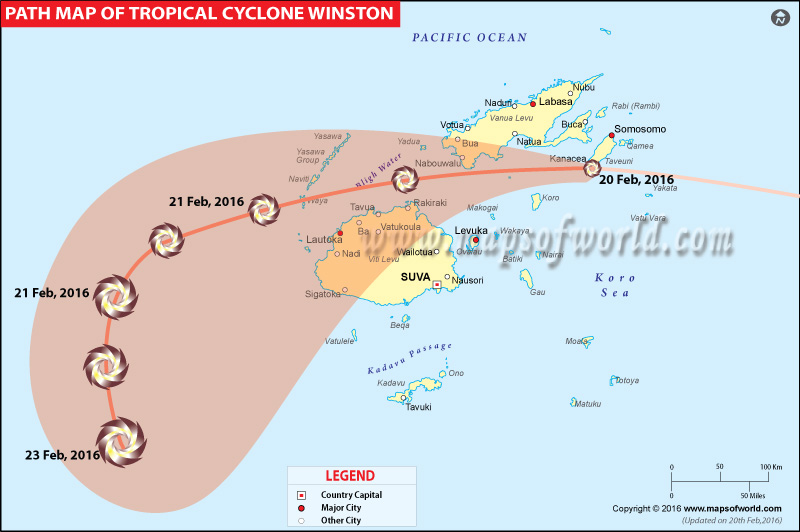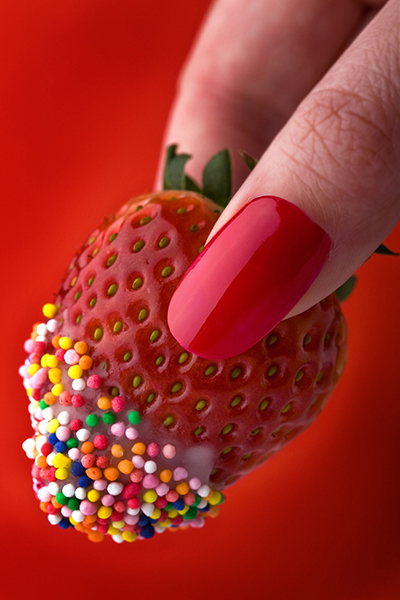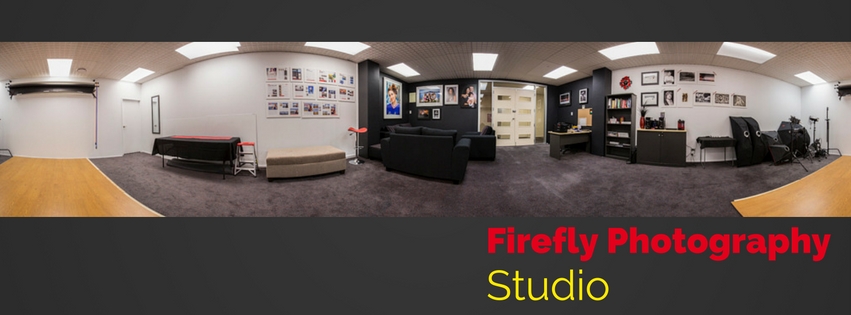Download a pdf version: 6) High Speed Sync
D-Photo 50: Off-Camera High-Speed Sync
D-Photo 50: Off-Camera High-Speed Sync
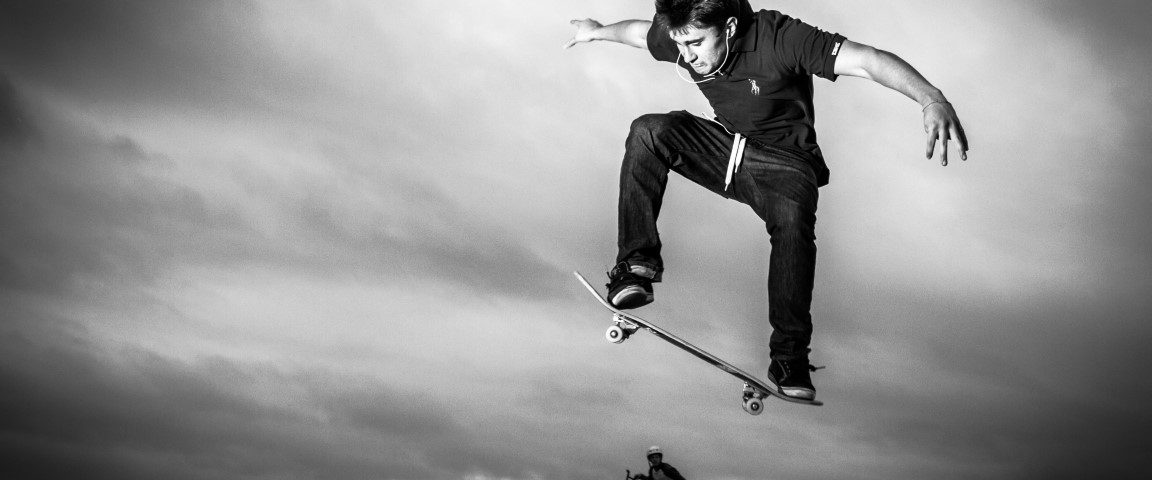
To properly explain high-speed sync flash it is important to first explain what sync speed is, which requires some understanding of how a camera’s shutter works.
As this is best explained visually, hop on over to Youtube – This video by Mark Wallace is exceptionally good.
When you press the shutter release button on the camera the first curtain starts moving, which exposes the sensor beneath it to light. The second curtain then starts moving to cover the sensor again. At the end of the exposure the 2 curtains reset, waiting for the next image to be taken.
At longer exposures there is a relative delay before the 2nd curtain starts moving, and the entire sensor is usually exposed for a period. At faster shutter speeds the second curtain moves before the 1st curtain has completely opened, and only a small gap exists between the 2 curtains as they move across the sensor.
When we shoot with flash, it will fire once the 1st curtain has opened fully. (unless shooting in 2nd/rear curtain sync, when it fires just before the second curtain starts moving)
Sync speed is the fastest shutter speed which allows the sensor to be fully exposed before the 2nd curtain starts moving.
What this means is that when the flash fires, ALL of the sensor “sees” that light.
At faster shutter speeds, part of the sensor would be covered by a curtain and the light from the flash will not be recorded on that part of the sensor.
On most digital cameras, sync speed is either 1/200 or 1/250. (Check your manual)
The limitations of sync speed can be overcome using a function on your flash called high-speed sync. (Or focal plane sync for Nikon users)
High speed sync is mostly used to provide fill light for action photography which requires fast shutter speeds to freeze motion.
It works by firing rapid pulses of light (too fast for the human eye) in time with the movement of the 2 curtains. So as that small gap between the 2 curtains moves across the sensor, the light is firing in time with it to provide even illumination.
This sounds like an awesome deal – flash at super-fast shutter speeds. However, it comes at a heavy price, a DRAMATIC decrease in flash efficiency, which worsens as you increase the shutter speed.
This presents a challenge which can be overcome in a number of ways, and requires a grasp of the factors that affect flash exposure.
1) Aperture: A wider aperture allows more light to reach the sensor.
2) ISO: A higher ISO will improve the efficiency of the flash, but may also increase the ambient exposure.
3) Flash to subject distance. (See my last article)
4) Flash power: A fairly moot point here. If the flash exposure is inadequate, it is likely to be working as hard as it can anyway, so increasing power/flash exposure compensation won’t be an option.
High-speed sync and Off-camera flash
My own approach centres on improving flash exposure by getting as much light as possible as close to my subject as possible.
2) ETTL radio triggers. (Pocketwizard Flex/Mini) Any trigger capable of ETTL function will work. (Non-ETTL won’t allow high-speed sync) Check my article on triggers to see other options.
3) Painter’s pole – the above gear is then mounted on a pole manned by an assistant, who then tracks the movement of my subject ensuring that when I take the image, the light is pointing where it should.
The coiled wires are from battery packs which I use for a faster recycle on the flash and more shooting time.
Options on a budget
A similar rig can be created with 1 speedlight on a monopod triggered by a second, master speedlight on-camera. This often means pooling gear with another photographer, which is excellent – twice the enthusiasm, a second brain for problem-solving and a guaranteed assistant.
A word of thanks
For skating like a demon – Dushko Mamic, sponsored by Eshe boards
Mike Thornton – owner of Cheapskates Takapuna for helping arrange skaters for the shoot.
Carl Mason – an absolute fearless genius on a bike.
George Lim – For assisting on the day, as well as for shooting the title image. (After I let him switch roles for a few minutes.) Karma for joking about putting Canon gear in a Nikon user’s hands!
As always, I hope this article inspires you to get out there and try it yourself.
Feel free to check out D-photo online for a more comprehensive version of this article.
Happy flashing.

